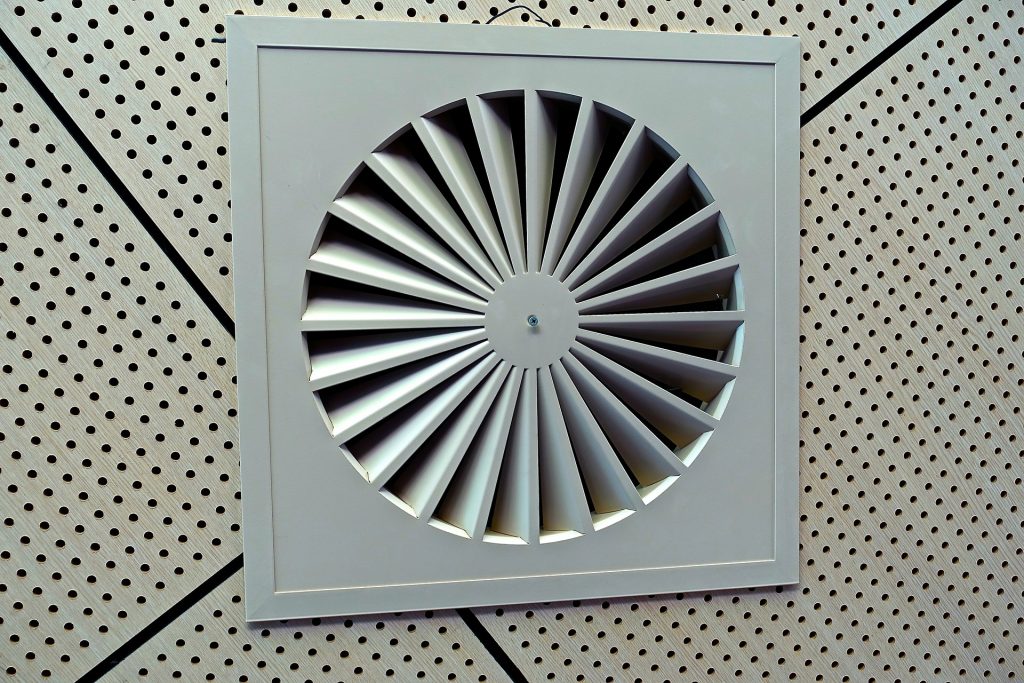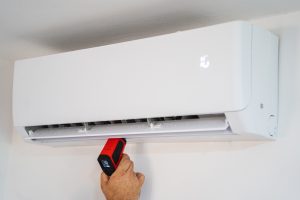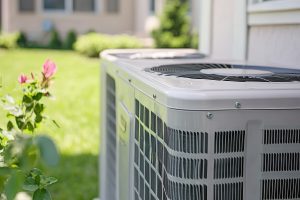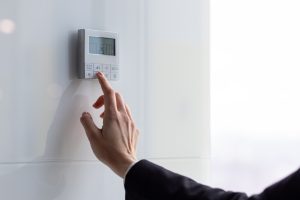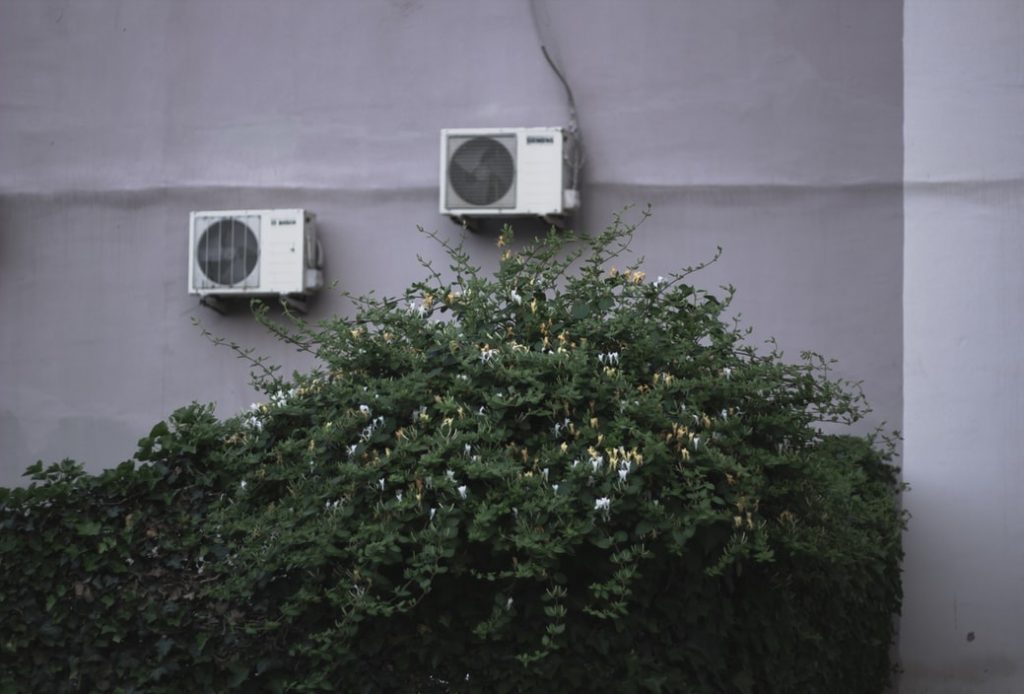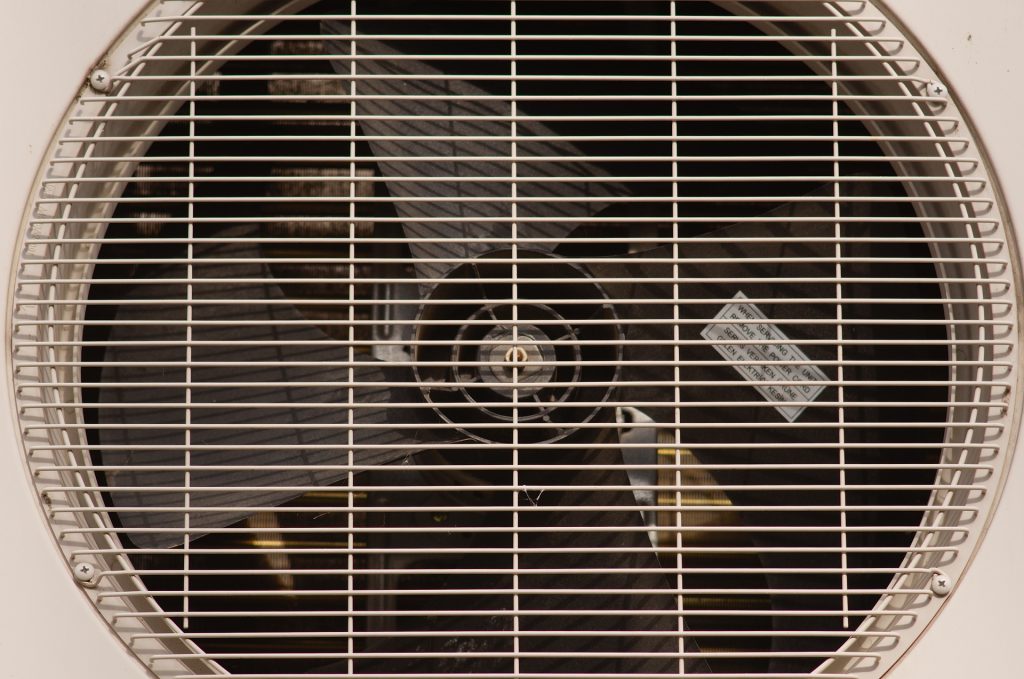Knowing the life expectancy of your furnace is crucial for planning. Gas furnaces aren’t cheap, and it’s always best to know when yours is bound to expire. This way, you’ll not be surprised when yours dies on you.
So, how long does a furnace last in Phoenix? The average life expectancy of a well-maintained gas furnace is 15-20 years. The majority of gas furnaces expire at the 17-year mark. However, this is only possible for gas furnaces that went through regular maintenance routines.
How Long Does A Furnace Last? Factors to Consider

Generally, a good furnace will last about 20 years. Below are some of the factors that determine how long your furnace will last:
- Your furnace’s sizing
- AFUE rating and the furnace’s quality
- Quality of installation of the furnace
- The furnace’s use
- The furnace’s repair record
Next, you’re going to find out how and why these factors affect the life expectancy of a furnace. Hopefully, this will help you give you some control over your furnace’s lifespan, and help you come up with some ideas on how you can further prolong it.
1. Furnace Sizing
“Sizing” is a term that is commonly associated with air conditioners. Most homeowners are surprised when we inform them that the same should be put to mind when they’re shopping for furnaces.
“Sizing your furnace” involves making sure that the furnace is proportional to your home. Your gas furnace must be the perfect fit. If it’s too big or small, its lifespan will be greatly reduced.
Oversized furnaces will suffer from “short-cycles.” This is when your furnace quickly turns off a short while after turning it on. A gas furnace that is too big for your house will end up warming the indoor air faster than it should. Your thermostats will then take note of the now warmer indoor temperatures and turn off the furnace. Unfortunately, oversized furnaces have a hard time stabilizing indoor temperatures, and it will only be a matter of time before the indoor temperatures drop and the gas furnace is once again, turned on. This will go on throughout the day and cause wear and tear as the years go by. Your gas furnace will require frequent repairs that will eat into its life expectancy.
Undersized furnaces become “try-hards” and end up dying in the process. A house that is too big for the relatively small gas furnace will force the unit to work harder than it should as it strives to increase and stabilize the indoor temperatures. Just like oversized furnaces, undersized gas furnaces will end up suffering from wear and tear. It’s all in vain because undersized furnaces will never attain the required indoor temperatures. Its constant running will shorten its lifespan.
Below are some of the ways you can find out if your furnace is undersized or oversized:
For oversized furnaces:
- Check if your furnace is experiencing short heating cycles (Quickly turns off after turning it on, which is also a common issue with improperly-sized air conditioners).
- Go through your electricity bills. Are they higher than they should be? Do some research and find out how much energy your furnace should consume in a day.
- Is your home as warm as you’d want it to be? Are your indoor temperatures stable?
For undersized furnaces:
- Check if your furnace is continuously running without any rest periods.
- High electricity bills.
- Are your indoor temperatures stable?
2. AFUE Rating
It’s true that there some furnaces that are significantly better than others. The quality-gap in gas furnaces is just as real as it is with other consumer commodities out there.
When it comes to furnace-quality, we’re mainly taking into account factors like the quality of the unit’s parts and how long they’re able to withstand wear and tear.
The AFUE rating (Annual Fuel Utilization Efficiency rating) is the other thing that has a strong correlation with a furnace’s quality. In simple terms, the AFUE rating is a measure of how the unit consumes energy (fuel), and it’s efficiency as it goes about its duties. High-quality furnaces come with high AFUE ratings of around 90-97%.
Furnace prices can be used to get rough estimates of the furnaces’ quality. The pricer the gas furnace, the likelier it’s going to be of higher quality.
That being said, you can’t judge a furnace’s quality on its price-tag alone. Here are some of the advanced features that come with high-quality gas furnaces:
- Modulation burners: Burners do the actual work of warming your home. Standard (lower quality) furnaces come with only one burner modulation- HIGH. However, modern gas furnaces come with customizable burner modulations that allow you to further tailor your indoor temperatures to precise degrees.
- Variable-speed blower motor: These motors help stabilize indoor temperatures by ensuring consistent airflow. Standard furnaces come with only two variations (HIGH and LOW). On the other hand, high-quality gas furnaces allow you to further tinker the settings for favorable indoor conditions.
The lower the furnace’s quality, the shorter the lifespan. Some manufacturers have made this very clear by producing several lines of gas furnaces each made from different materials and sold at different prices. Make sure you’re buying the best a manufacturer has to offer.
3. Quality of Installation
It’s surprising just how many homeowners are ignorant about their furnace’s installation. Poor installation will easily sabotage a high-quality gas furnace. Poor installation is one of the biggest problems affecting gas furnaces in America.
A poorly installed furnace will suffer from a significant efficiency decrease (up to 30% decrease). This will affect how it warms and stabilizes indoor temperatures, increase your electricity bills, and eventually die a premature death.
Below are some of the installation mistakes committed by homeowners:
- Poor ductwork: This involves using low-quality materials and poor workmanship that leaves behind cracks and leaks that come back to haunt you in the future.
- Poorly designed drainage systems.
- Improper furnace sizing (We’ve talked about this).
- Poor air distribution design.
- Poorly designed furnace exhaust systems.
- Installing furnaces in humid basements where they’re prone to rust.
Homeowners must take their furnace’s installation seriously. You don’t want to end up wrecking a good high-quality gas furnace because of poor installation.
4. Usage
How you use it will also positively or negatively affect how long a gas furnace lasts. Heavy use will shorten its lifespan since a lot of repairs will be required to make sure it’s always up and running. This is common for undersized furnaces since they’re pushed well beyond their capabilities.
Please use your furnace as instructed by its manufacturer. If it’s not enough, add another unit or upgrade to a more powerful one.
5. Repair Record
Furnace’s aren’t perfect, and they can sometimes fail even after you’ve religiously followed all instructions. Repairs are a common thing with machines and electronics. However, you need to be wary of huge and expensive repairs (Repairs hitting the $500-dollar mark). Such repairs are clear signs that your furnace is rapidly deteriorating and is about to hit the wall.
Upon doing the first expensive repair, it’s best if you start planning how you’ll replace the unit. Sure, your old unit might have your back for the next few years, however, you don’t want to end up spending a fortune on repairs only for the furnace to die on you in the next 5 years (Money you’d have spent on a new gas furnace that would have secured your home for the next 15 years).
The more the repairs you do on your furnace, the shorter its lifespan becomes. You can check out this article about your central heating not working but AC is if you’re looking for solutions for one of the most common problems with furnaces.
How Long Does A Furnace Last: Proper Maintenance Routines
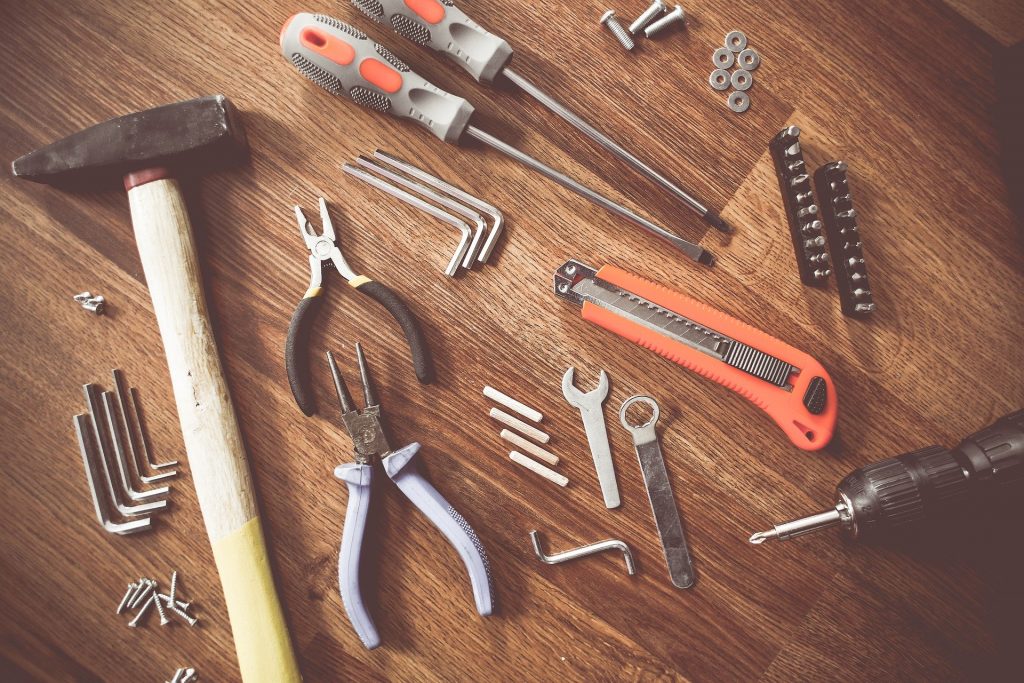
Your gas furnace will not take care of itself. We talked about the bad that could follow your furnace and shorten its lifespan. Did you know that with proper maintenance, you can go years without having to repair or replace your gas furnace?
Below are the simple furnace maintenance routines you can carry out at home. However, for at least once a year, you’ll have to invite an HVAC professional for a thorough check-up. We’ve got you, here are some HVAC maintenance plans you can quickly check out.
- Regularly check and clean/replace the filters: Filters help prevent dust and dirt from harming the furnace. We’d advise you to check on your furnace’s filter at least once a month in the heavy-duty seasons.
- Clean the blower: It’s right next to the filter. Clean every inch of the blower: Pulley, belt, and blower motor. This is where all the dirt accumulates once it has found its way past the filters.
- Clean the vent: Venting systems are just as important as the main furnace system. Use a broom with a long handle and a vacuum to suck and remove all the dirt.
- Check the thermostats: Make sure your thermostats aren’t faulty. Faulty thermostats will take inaccurate temperature readings and overwork your furnace.
How long should a gas furnace last? At least 15 years. With good maintenance, expect 20 years of dedicated service from your furnace. Found this article useful? Also, check out our article about common HVAC air flow issues


